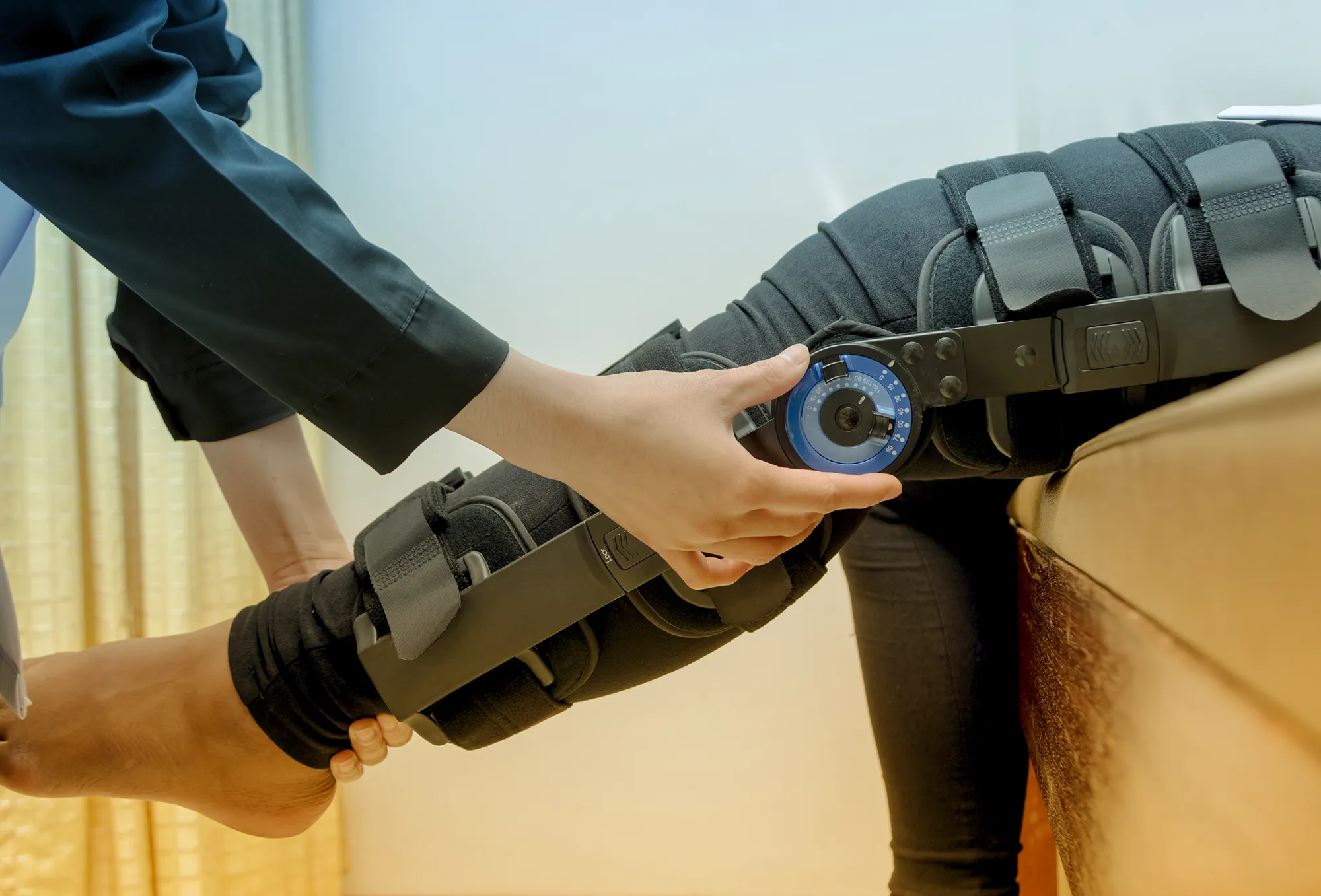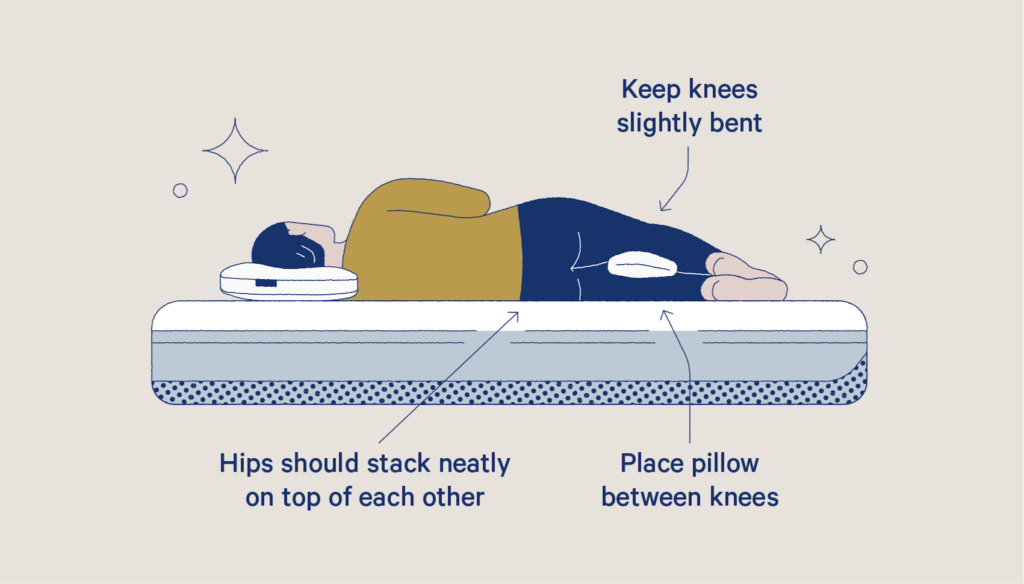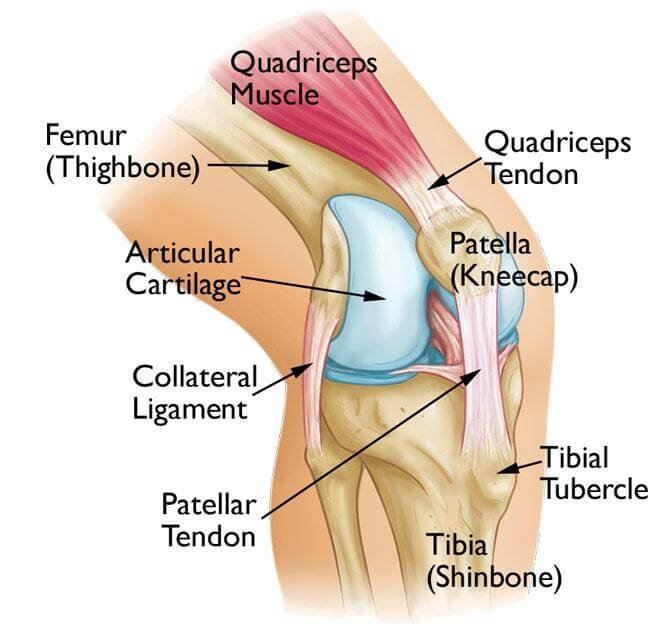Osteoarthritis is a common form of arthritis that affects millions of people worldwide. It is a degenerative joint disease that causes pain, stiffness, and swelling in the joints. While it can affect any joint in the body, it most commonly affects the hands, knees, hips, and spine.

If you have osteoarthritis, you may find it challenging to manage your symptoms while working. However, with the right strategies and support, you can thrive in the workplace while living with osteoarthritis. In this article, we will discuss some workplace wisdom for those with osteoarthritis on the job.
Understanding Osteoarthritis and Its Impact on Work
Osteoarthritis is a chronic condition that can significantly impact your daily life, including your ability to work. The pain, stiffness, and fatigue associated with osteoarthritis can make it challenging to perform certain tasks, especially those that require repetitive movements or prolonged standing or sitting.
Additionally, the unpredictability of flare-ups and the need for frequent breaks or accommodations can make it challenging to maintain a consistent work schedule. This can lead to feelings of frustration, guilt, and even fear of losing your job.
Communicating with Your Employer
One of the most crucial aspects of managing osteoarthritis in the workplace is open and honest communication with your employer. It is essential to inform your employer about your condition and how it may impact your work.
You may feel hesitant to disclose your condition, but it is crucial to do so to ensure that your employer understands your needs and can provide necessary accommodations. This can include flexible work hours, ergonomic equipment, or modified tasks.
By communicating with your employer, you can work together to find solutions that allow you to perform your job effectively while managing your osteoarthritis.
Educating Your Co-workers
In addition to communicating with your employer, it can also be helpful to educate your co-workers about osteoarthritis. Many people may not understand the condition and may not know how to support you.
By educating your co-workers, you can create a more understanding and supportive work environment. This can also help reduce any stigma or misconceptions surrounding osteoarthritis.
Strategies for Managing Osteoarthritis on the Job
While every person’s experience with osteoarthritis is unique, there are some general strategies that can help you manage your symptoms while working.
Prioritizing Self-Care
Self-care is crucial for managing osteoarthritis, especially in the workplace. This can include taking breaks when needed, practicing good posture, and using assistive devices or ergonomic equipment.
It is also essential to prioritize your physical and mental health outside of work. This can include getting enough rest, eating a healthy diet, and engaging in stress-reducing activities such as yoga or meditation.
Using Assistive Devices

Assistive devices can be beneficial for those with osteoarthritis, especially in the workplace. These devices can help reduce strain on your joints and make tasks more manageable.
For example, if you have osteoarthritis in your hands, using a grip or jar opener can make it easier to perform tasks that require gripping or twisting. If you have osteoarthritis in your knees, using a cane or knee brace can help reduce pain and improve stability.
Making Your Workspace More Comfortable

by EFFYDESK (https://unsplash.com/@effydesk)
Ergonomic equipment can make a significant difference in managing osteoarthritis in the workplace. This can include an ergonomic chair, keyboard, or mouse, which can help reduce strain on your joints and improve your posture.
It is also essential to make your workspace as comfortable as possible. This can include adjusting the height of your desk or monitor, using a footrest, or adding cushions for support.
Taking Breaks and Pacing Yourself
It is crucial to listen to your body and take breaks when needed. Pacing yourself can help prevent flare-ups and reduce fatigue. This can include taking short breaks to stretch or change positions, or even taking a longer break to rest if needed.
It is also essential to pace yourself throughout the day. This can mean breaking up tasks into smaller, more manageable chunks and alternating between tasks that require different movements to avoid overworking one joint.
Finding Support and Resources

Managing osteoarthritis in the workplace can be challenging, but you do not have to do it alone. There are many resources and support groups available to help you navigate the challenges of living with osteoarthritis.
Support Groups
Joining a support group can provide you with a sense of community and understanding. You can connect with others who are also living with osteoarthritis and share tips, experiences, and support.
You can find support groups in your local community or online. The Arthritis Foundation offers online support groups for those with osteoarthritis, as well as other forms of arthritis.
Workplace Accommodations

by Rollz International (https://unsplash.com/@rollzint)
If you require accommodations in the workplace, it is essential to know your rights. The Americans with Disabilities Act (ADA) requires employers to provide reasonable accommodations for employees with disabilities, including those with osteoarthritis.
Reasonable accommodations can include flexible work hours, ergonomic equipment, or modified tasks. If you are unsure of your rights or need assistance in requesting accommodations, you can reach out to the Job Accommodation Network (JAN) for guidance.
Real-Life Examples of Thriving with Osteoarthritis on the Job
Many people with osteoarthritis have found success in the workplace by implementing the strategies mentioned above. Here are a few real-life examples of individuals thriving with osteoarthritis on the job.
Sarah’s Story

Sarah is a graphic designer who was diagnosed with osteoarthritis in her hands and wrists. She found it challenging to perform her job, which required long hours of using a computer and mouse.
After communicating with her employer and requesting accommodations, Sarah was provided with an ergonomic keyboard and mouse, as well as a wrist brace. She also implemented self-care practices, such as taking breaks to stretch and practicing good posture.
With these accommodations and strategies in place, Sarah was able to continue working and thriving in her role as a graphic designer.
John’s Story

John is a construction worker who was diagnosed with osteoarthritis in his knees. He found it challenging to perform his job, which required prolonged standing and heavy lifting.
After communicating with his employer and requesting accommodations, John was provided with a knee brace and a stool to sit on during breaks. He also implemented pacing strategies, taking breaks throughout the day to rest his knees.
With these accommodations and strategies in place, John was able to continue working and thriving in his role as a construction worker.
Conclusion
Living with osteoarthritis can be challenging, especially in the workplace. However, with the right strategies and support, you can thrive in your job while managing your symptoms. By prioritizing self-care, communicating with your employer, and utilizing resources and support, you can continue to excel in your career while living with osteoarthritis.




